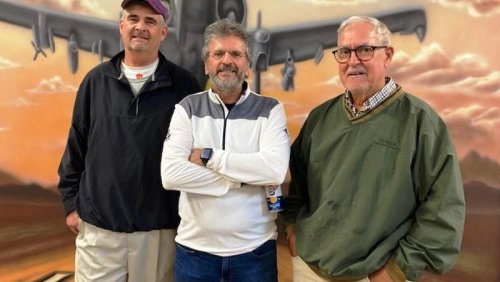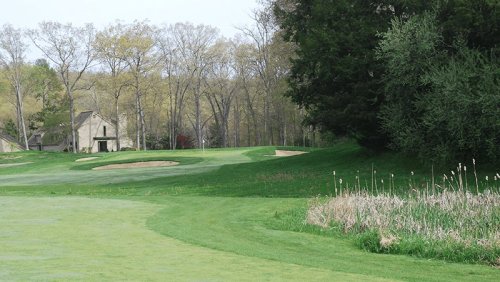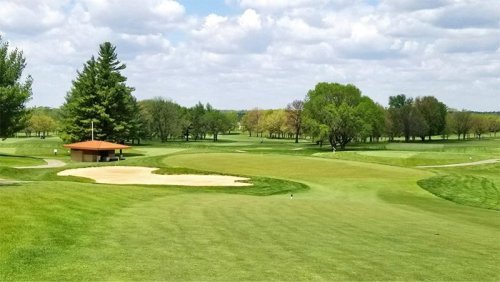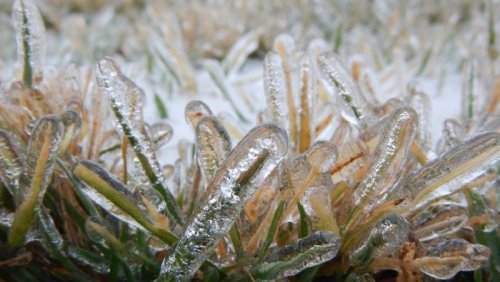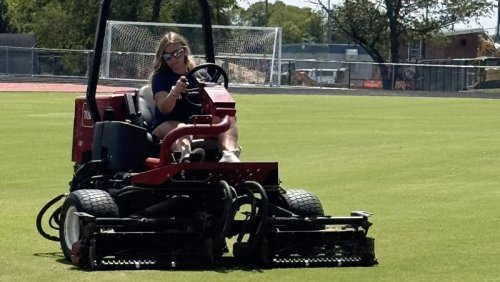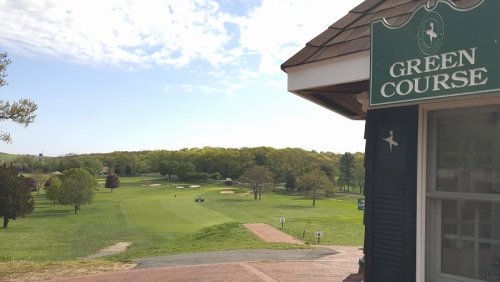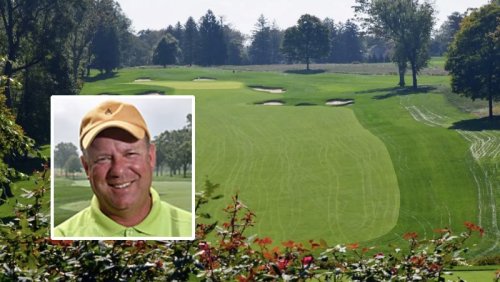

On Oct. 22, the Tour decided to cancel The Sentry outright, citing logistical challenges that included shipping deadlines, tournament infrastructure and vendor support. The event was scheduled for Jan. 5-11 at The Plantation Course at Kapalua Resort in Lahaina. Instead, the Tour's official season will begin the following week at The Sony Open in Hawaii at Waialae Country Club in Honolulu.
"Since it first became a possibility that the PGA Tour would not be able to play at The Plantation Course at Kapalua due to the ongoing drought conditions on Maui, we worked closely with our partners at Sentry to assess options for contesting The Sentry in 2026," PGA Tour Chief Competitions Officer Tyler Dennis said in a Tour news release. "While it is unfortunate to arrive at this decision, we are appreciative of the collaboration and dedication from Sentry Insurance, a tremendous partner of ours."
Extreme drought conditions on Maui led the PGA Tour to pull its 2026 season-opening event from the Plantation Course at Kapalua Resort in Lahaina last month. The Tour intended to secure an alternate location, but announced Oct. 22 that the tournament has been canceled for next year. Photo courtesy of Kapalua Resort and Alex Nakajima The Sentry field was to include the top 50 players from the previous year's FedExCup standings, plus those players who won a PGA TOUR event in 2025.The tournament was the Tour's season-opening event from 1986 to 2013, a slot it filled again in 2024. Sentry Insurance became the tournament's title sponsor in 2018.
The PGA Tour announced Sept. 17 that The Sentry would not be played at Kapalua after Tour officials visited the site and concluded the condition of the Plantation Course had been "significantly compromised" by the drought and water limitations.
Early in September, Maui County Water Supply imposed Stage 2 water restrictions, which call for a cease of all non-essential for commercial and industrial purposes, according to the county's rule, which does not specify restrictions for golf.
A Stage 2 water shortage is enacted when anticipated demand in an area is projected to exceed available water supply by 16 percent to 30 percent.
The resort said last month it had used almost no water throughout September.
TY Management Corp., the owner and operator of the Kapalua Resort and its two golf courses, along with a local homeowners association and a commercial farm operation filed a lawsuit last month in Maui Circuit Court against Maui Land and Pineapple, a land and real estate development company, that manages a series of ditches and streams that supply the resort and other users in the area with water. The suit alleges that Maui Land and Pineapple has allowed the ditch system to fall into disrepair, leading to a lack of water for users.
- Read more...
- 3,319 views

